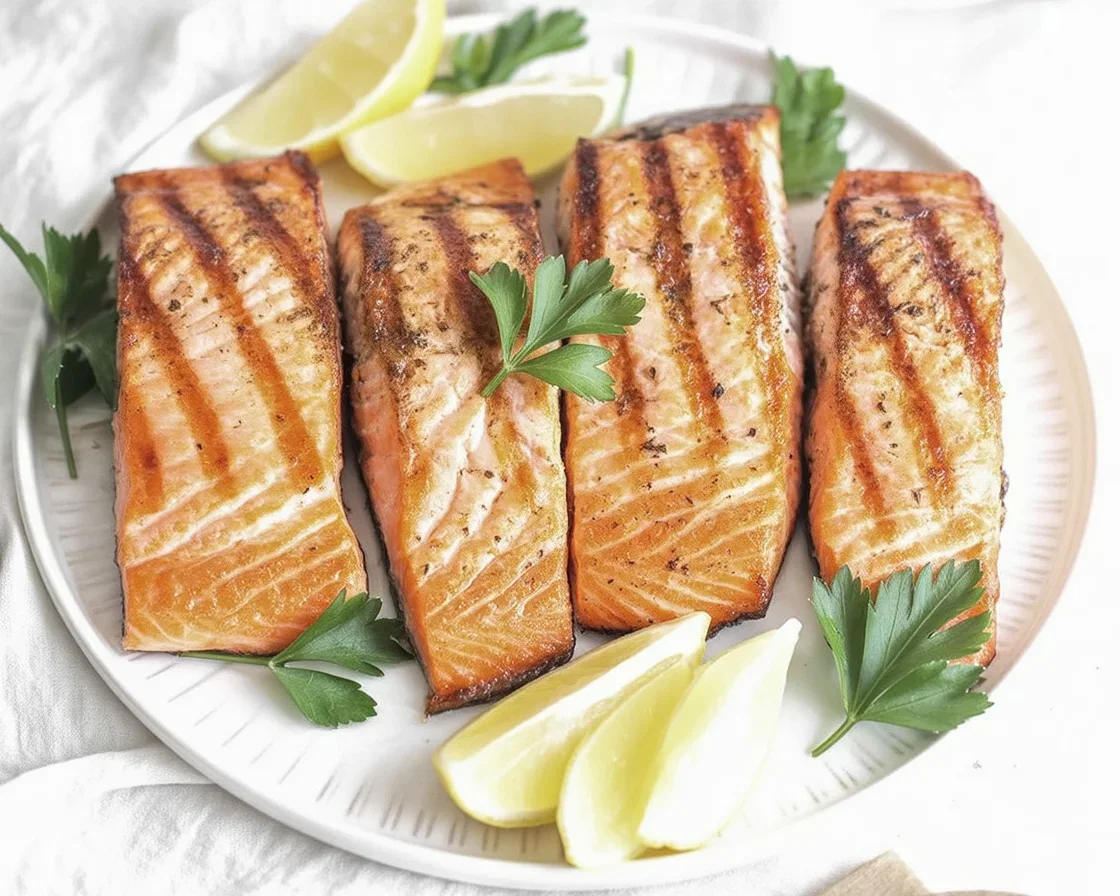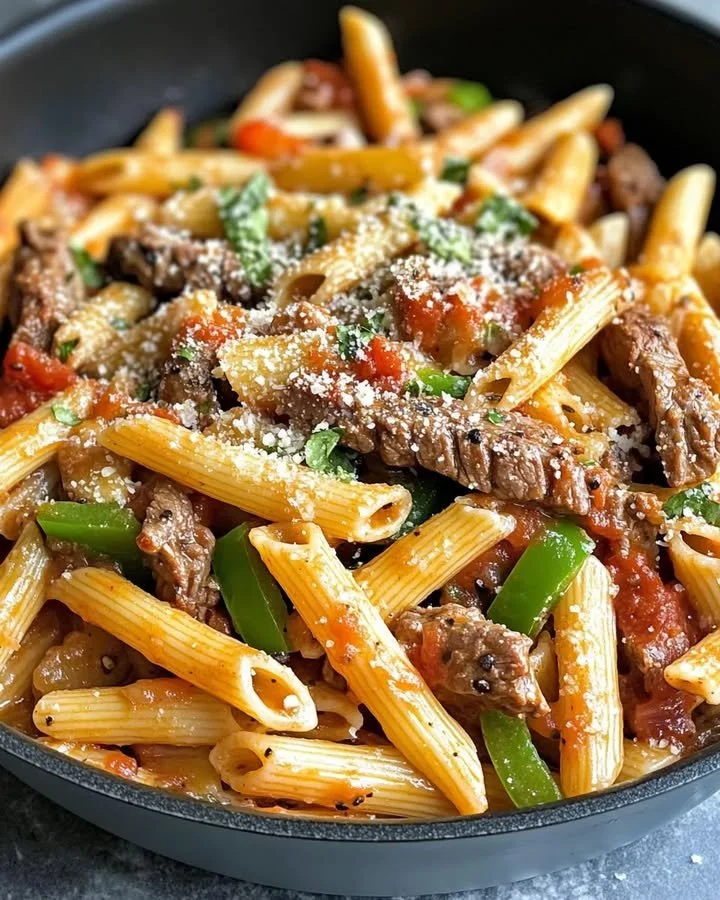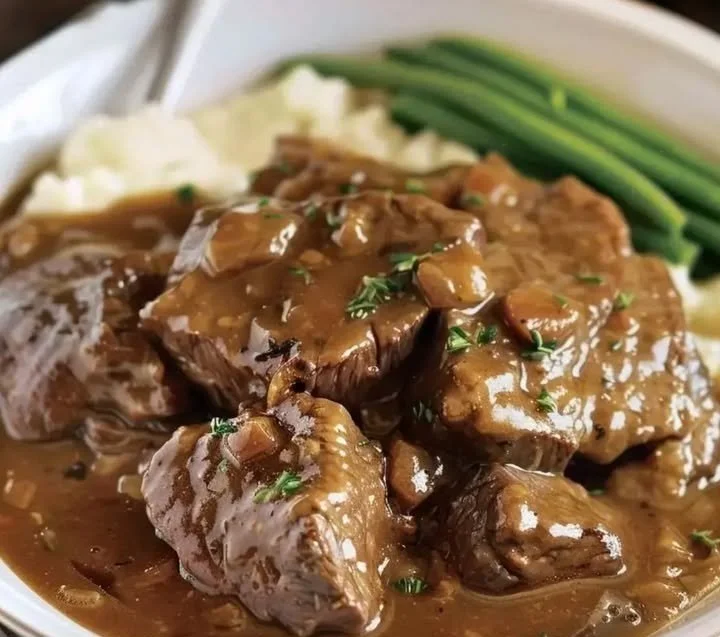Thuringian Röasted Sausage


Thuringian Röasted Sausage — Easy, Traditional & Homemade (Healthy Options)
Introduction
I still remember my first summer in Germany, standing by a smoky charcoal grill while the scent of spices and sizzling meat wrapped around me like a warm blanket. Thuringian Röasted Sausage was passed to me on a crusty roll, mustard dripping, and suddenly a simple bite felt like home. If you want that comforting, slightly herby flavor at your dinner table, this easy, traditional Thuringian Röasted Sausage recipe will take you there — whether for a weeknight dinner, a Sunday family meal, backyard cookout, or holiday feast.
(For authenticity, this recipe nods to the classic Thuringian Rostbratwurst: think marjoram, garlic, and a good sear. The term “Thuringian Röasted Sausage” is used here to keep things easy to find.)
🧂 Ingredients:
- 1 kg (2.2 lb) pork shoulder, coarsely ground (or 800 g pork + 200 g beef) — choose slightly fatty meat for juicy sausages
- 150 g pork back fat, finely chopped (optional for extra juiciness)
- 18–20 g salt (about 1 tbsp)
- 2 tsp freshly ground black pepper
- 2 tsp dried marjoram (traditional and signature flavor)
- 1 tsp caraway seeds, lightly crushed (optional)
- 2 garlic cloves, minced
- 1 tsp sugar (balances flavor)
- 120 ml ice-cold water or crushed ice
- Natural hog casings (about 6–8 meters) or sausage-making alternative (see variations)
- Oil or butter for grilling/pan searing
For serving: - Strong German mustard (or spicy mustard), crusty rolls or potato salad, sauerkraut, or roasted vegetables
👩🍳 Directions:
- Chill your meat and equipment. Keep the meat and fat very cold — it helps the texture. Chill the grinder bowl and blades if you have them.
- Mix the dry seasonings. In a small bowl combine salt, pepper, marjoram, caraway (if using), minced garlic, and sugar.
- Grind or combine meat. If using whole cuts, grind through a coarse plate, then a finer plate for a smoother texture. If using premade ground meat, place in a large bowl.
- Add seasonings and water. Sprinkle the seasoning mix over the meat and add the ice-cold water. Mix gently but thoroughly for 2–3 minutes until the mixture becomes tacky. This binds the meat.
- Stuff the casings. Rinse and soak hog casings according to package directions. Load your sausage stuffer and fill casings, making 10–12 cm (4–5 in) links. Don’t overfill — leave a little give so they don’t burst.
- Rest in the fridge. Let the sausages rest overnight in the fridge to deepen flavors (1–4 hours is fine if you’re pressed for time).
- Par-cook (optional but traditional). Poach sausages gently at 75–80°C (170–176°F) for 10–12 minutes — keep the water just below a simmer. This sets them before final browning.
- Grill or pan-sear. Preheat grill to medium-high or heat a heavy pan with a little oil over medium heat. Grill or pan-sear sausages 6–10 minutes, turning frequently, until evenly browned and cooked through (internal temp ~70°C / 160°F). Avoid piercing the casings so juices stay inside.
- Rest and serve. Let sausages rest 3–5 minutes, then serve hot with mustard, rolls, potato salad, or sauerkraut.
Cooking tips: For a quick store-bought version, simply grill store-bought Thuringer sausages 6–8 minutes, turning until browned. If sausages split, lower the heat and finish indirectly.
💡 Tips & Variations:
- Healthy swaps: Use leaner pork or 50/50 lean beef + pork and reduce added fat. Serve with a big green salad and roasted vegetables instead of fries or rolls.
- Low-carb: Skip the rolls; serve with sauerkraut, roasted Brussels sprouts, or cauliflower potato salad.
- Gluten-free: This recipe is naturally gluten-free if your casings and seasonings are gluten-free — always check labels on prepared spices.
- Vegan option: Make a plant-based “Thuringian” sausage using seitan or textured vegetable protein seasoned with smoked paprika, marjoram, garlic, onion powder, white pepper, and a touch of miso or soy for depth. Form into logs and pan-fry or bake. Use gluten-free binders for GF vegan versions (tapicoa or chickpea flour).
- No-casing method: Shape the seasoned mix into patties or logs and pan-fry 12–15 minutes, turning. Texture differs but flavor stays.
- Serving ideas: Traditional pairings are crusty rolls and strong mustard, potato salad, caramelized onions, sauerkraut, or a simple cucumber salad. For gatherings, serve with pickles and a beer tasting.
- Storing leftovers: Refrigerate cooked sausages in an airtight container for up to 3–4 days. Freeze cooked or raw sausages for up to 3 months; thaw in the fridge before cooking. Reheat gently in the oven at 160°C (325°F) for 10–15 minutes or in a pan with a splash of water covered to avoid drying.
🩺 Health & Lifestyle Tie-in (optional):
Sausages are a satisfying source of protein and can fit into a balanced lifestyle when made thoughtfully. Choosing leaner cuts, limiting added fat, and pairing sausages with vegetables and whole-food sides boosts nutritional value. Small changes now — like swapping heavy sides for greens — can contribute to long-term health and even lower future healthcare costs. Eating well and mindfully really does pay off.
❤️ Conclusion:
If you try this easy, traditional homemade Thuringian Röasted Sausage, I’d love to hear how it went — leave a comment, share a photo, or tag me on social. There’s nothing better than swapping recipes and memories over a plate of sausages and mustard. Guten Appetit!
#fblifestyle











